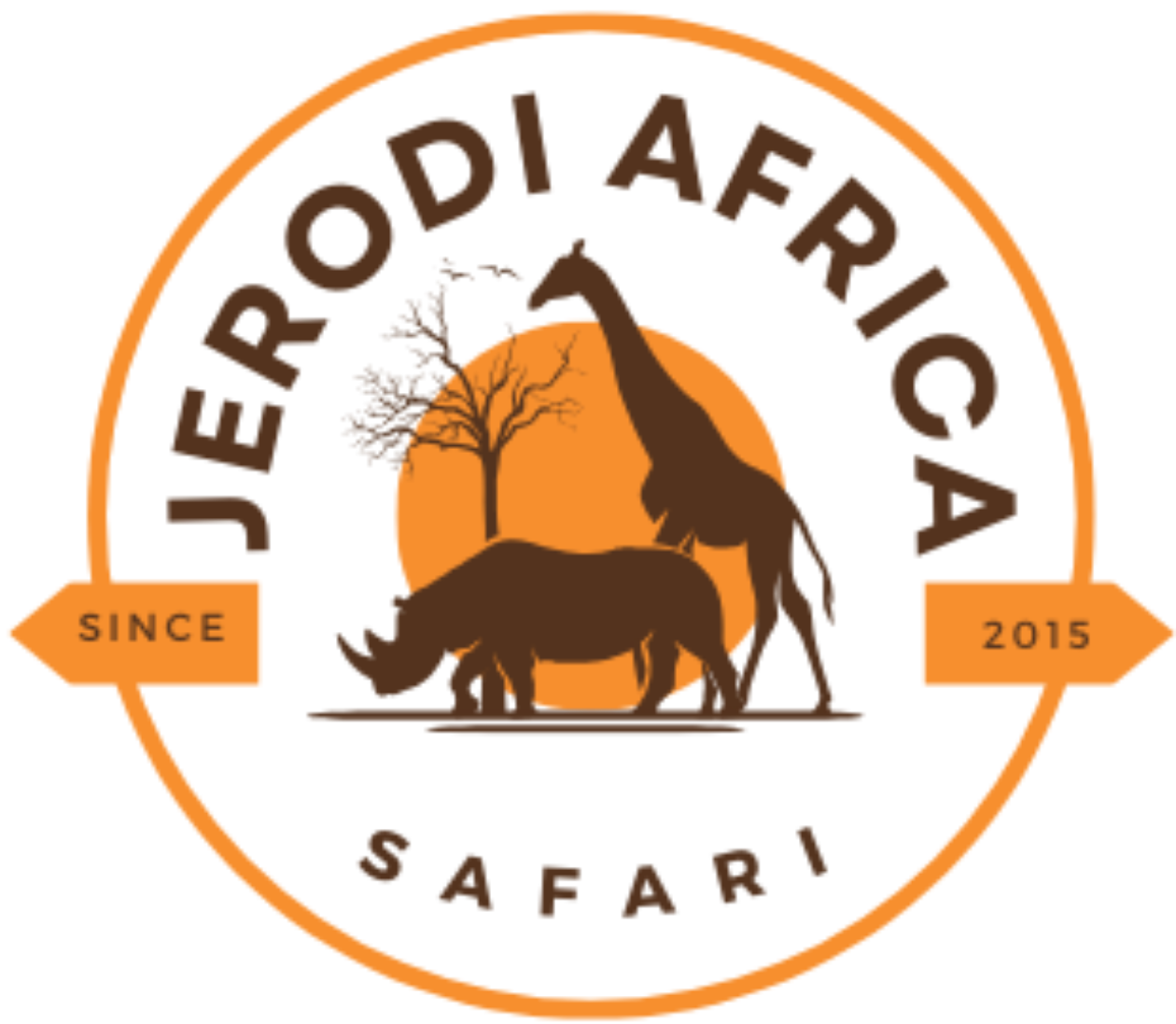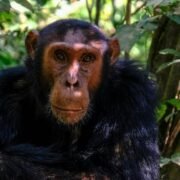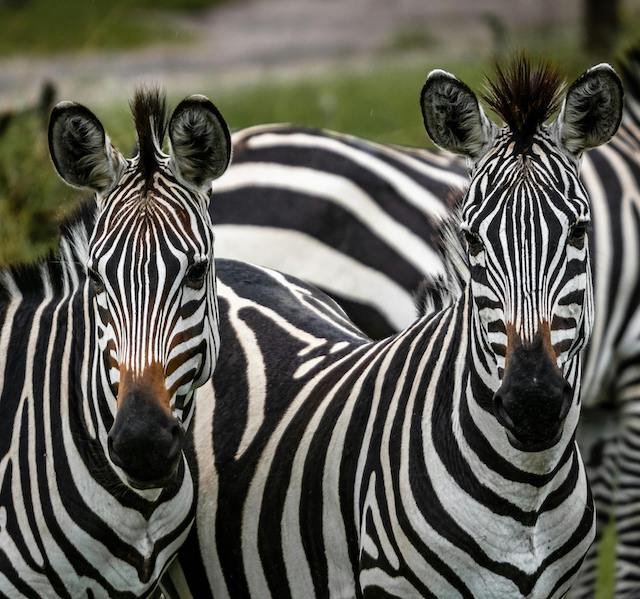
Zebras in Uganda National Parks: Species, Breeding & More
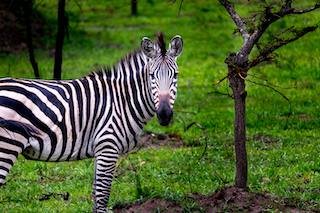
Zebras in Uganda National Parks are among the most captivating wildlife species to encounter on an East African safari. With their distinctive black-and-white stripes, social behavior, and high-pitched calls, zebras bring charm and life to Uganda’s savannah ecosystems. In this comprehensive guide, you’ll learn about the species found in Uganda, their breeding patterns, gestation period, population, predators, physical characteristics, and the national parks where you can observe them in the wild.
Zebra Species in Uganda National Parks
Uganda is home to the plains zebra (Equus quagga), specifically the Burchell’s zebra (Equus quagga burchellii), which is the most widespread zebra subspecies in Africa. These zebras are non-migratory, unlike their cousins in the Serengeti, and are well-adapted to Uganda’s savannah and open grasslands.
Burchell’s zebras have fewer stripes on their legs and rumps, sometimes fading to white. Unlike Grevy’s zebras (found in Kenya and Ethiopia), Burchell’s zebras are more sociable and form smaller, stable groups called harems.
Physical Traits of Zebras in Uganda
Zebras in Uganda display some unique traits that make them easy to identify:
- Height: 1.2–1.4 meters at the shoulder
- Weight: 200–350 kilograms
- Coloration: Black stripes on a white or light cream base
- Lifespan: 20–25 years in the wild
These stripes are not just for beauty—they also serve as camouflage, confuse predators, and help regulate body temperature.
Zebra Social Structure and Behavior
Zebras are highly social animals and form close-knit family units. A typical harem consists of one stallion, several mares, and their foals. Bachelor males may form their own temporary groups before challenging for dominance.
Moreover, zebras communicate through vocalizations, facial expressions, and body postures. Alarm calls, snorts, and brays alert the group of potential threats. Their group living also provides safety in numbers from predators.
Breeding Season of Zebras in Uganda
Unlike some species that have fixed breeding periods, zebras can breed year-round, although births often align with the rainy season when food is abundant.
- Gestation period: Approximately 12–13 months (about 375–390 days)
- Offspring: Usually one foal per pregnancy
- Weaning age: 6 to 8 months
- Sexual maturity: 2–3 years for females, 4–5 years for males
At birth, zebra foals can stand and run within an hour, which is critical for avoiding predators.
Zebra Population in Uganda National Parks
According to the Uganda Wildlife Authority (UWA), zebra populations are stable in protected areas. Although exact numbers fluctuate due to poaching and predation, thousands of zebras roam freely in national parks like Lake Mburo and Kidepo Valley.
Estimated population:
- Lake Mburo National Park: ~600–800 zebras
- Kidepo Valley National Park: ~1,000+ zebras
Their survival largely depends on habitat protection, predator control, and anti-poaching efforts.
Predators of Zebras in Uganda
Zebras face several natural predators in Uganda’s wild:
- Lions: The primary predator of adult zebras.
- Leopards: Opportunistically hunt foals.
- Spotted Hyenas: Target both foals and weakened adults.
- Nile Crocodiles: Ambush zebras during river crossings.
To evade these predators, zebras rely on their speed (up to 65 km/h), excellent hearing, and strong social vigilance within the herd.
Where to See Zebras in Uganda National Parks
If you’re planning a wildlife safari in Uganda, here are the best national parks where you can view zebras:
1. Lake Mburo National Park
Located in western Uganda, this park is the most reliable destination to see zebras up close. Its rolling acacia woodlands, open grasslands, and scattered lakes make it perfect for game drives, walking safaris, and horseback safaris.
What else to see: Impalas, elands, buffaloes, warthogs, and over 350 bird species.
2. Kidepo Valley National Park
This remote and rugged park in northeastern Uganda offers one of the most authentic safari experiences in Africa. Zebras roam freely in the Narus Valley alongside giraffes, elephants, and lions.
What else to see: Cheetahs, ostriches, leopards, and large buffalo herds.
[See this map of Uganda’s National Parks and zebra habitats] (Internal link to map)
Conservation of Zebras in Uganda
Zebras in Uganda benefit from the efforts of the Uganda Wildlife Authority and conservation organizations focused on protecting wildlife corridors, enforcing anti-poaching laws, and promoting eco-tourism.
Major conservation efforts include:
- Ranger patrols and surveillance
- Community conservation programs
- Translocation for population balance
- Education and awareness campaigns
These initiatives ensure zebras continue to thrive within their natural habitats.
How to See Zebras on Safari in Uganda
Zebras can be viewed on game drives, nature walks, and horseback safaris in parks where they are most prevalent.
Tips for Zebra Watching:
- Best time: Dry seasons (June–August and December–February) offer the best visibility.
- Recommended parks: Lake Mburo for accessibility; Kidepo Valley for scenery and diversity.
- Best times of day: Early morning and late afternoon when animals are active.
- Gear: Binoculars, camera with zoom lens, light-colored clothing, sunscreen.
For the most immersive experience, choose a tour operator with knowledgeable guides and experience in Uganda’s savannah parks.
[Explore zebra safari itineraries in Uganda] (Internal link)
Why Zebras Matter in Uganda’s Ecosystem
Zebras play a vital ecological role:
- Grazing habits: Their selective feeding helps maintain grassland health and supports a diverse herbivore community.
- Prey base: They sustain predator populations such as lions and hyenas.
- Tourism revenue: Zebras are a crowd favorite, supporting local communities through eco-tourism.
Thus, protecting zebras means sustaining entire ecosystems.
Final Thoughts
Ultimately, zebras in Uganda National Parks are more than just photo subjects—they are keystone species that symbolize balance, wild beauty, and ecological harmony. From Lake Mburo’s wooded grasslands to Kidepo Valley’s remote savannahs, Uganda offers spectacular opportunities to witness these striped wonders in their natural habitat.
By supporting responsible tourism, spreading awareness, and engaging in conservation programs, we can ensure zebras continue to grace Uganda’s parks for generations to come.
Image SEO Example:
Image Alt Text: “Zebras in Uganda National Parks grazing in Lake Mburo”
Title: “Zebra grazing in Lake Mburo National Park, Uganda”
Caption: “Burchell’s zebras grazing at dawn in Uganda’s Lake Mburo National Park”
Description: “A serene scene of zebras feeding in Lake Mburo, one of the best spots to view Uganda’s striped herbivores.”
Internal Links:
- [Antelopes in Uganda National Parks]
- [Giraffes in Uganda – Rothschild’s Giraffes Guide]
- [Best Time for Safari in Uganda]
Outbound Link:
Recent Posts
Hartebeest vs Topi in Uganda: Species, Parks & Key Differences
Mountain Gorillas and Chimpanzees in Uganda
Monkeys in Uganda: Species, Parks & Safari Guide
Tags
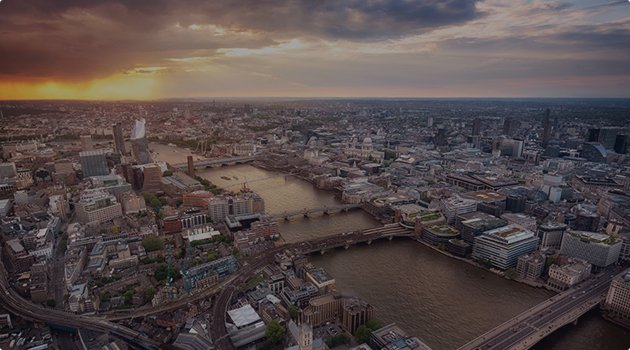
Thailand

